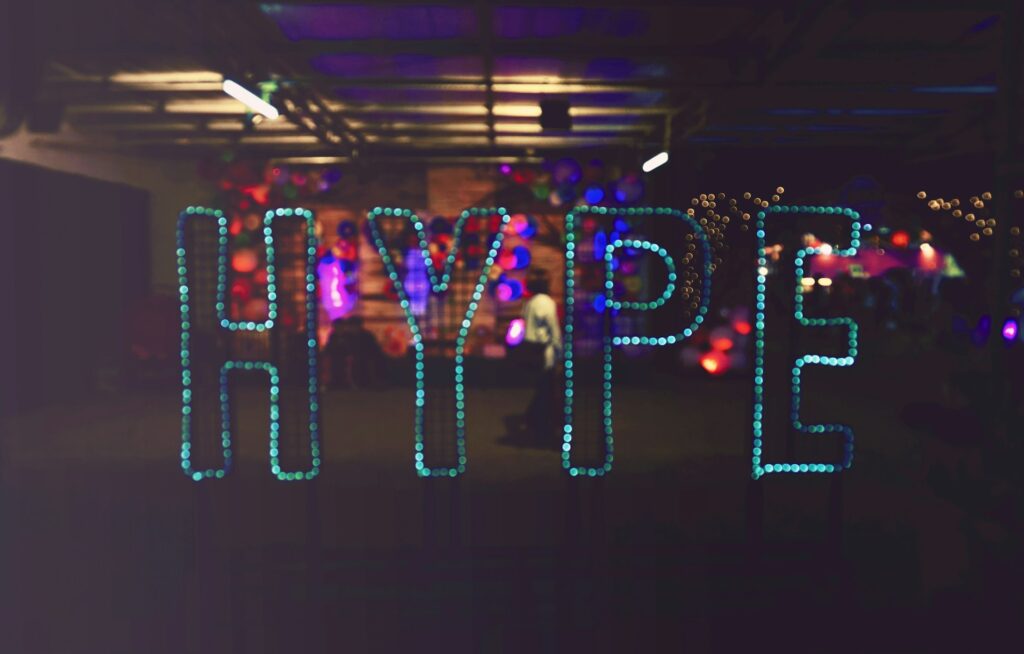What can software testers learn from a company that views failures as progress?
Picture this: a SpaceX rocket explodes in a spectacular fireball during a live-streamed test flight. For most organisations, such a public failure would be catastrophic. But for SpaceX, it’s a welcome, even celebrated event. SpaceX’s explosive test flights and rapid iterations have redefined aerospace innovation.
As a test professional, I’ve seen countless projects where defects are treated as disasters rather than learning opportunities. But what if we flipped that mindset? What if software development projects embraced failure as SpaceX does—not as an end, but as the beginning of progress?
In an industry traditionally defined by caution and meticulous planning, SpaceX has torn up the rulebook. By embracing rapid prototyping and iterative testing, SpaceX has revolutionised aerospace engineering, demonstrating that failure can be a stepping stone rather than an obstacle.
A workplace where failure is not merely tolerated but celebrated might seem counterintuitive to most software testers, but it’s all about perspective. As Thomas Edison said, “I have not failed. I’ve just found 10,000 ways that won’t work.”
I want to make something absolutely clear before we go any further. Embracing failure is not about being sloppy. It’s about being confidently experimental. It’s an acknowledgement that innovation doesn’t come from a right-first-time mentality.
This offers a powerful lesson for testers and software development projects as a whole: failure doesn’t have to be the enemy—it can be data. When failure is embraced as part of the process, it can spark creativity, foster collaboration, and accelerate innovation.
Fail Fast, Learn Faster
Whether you love or hate him, there’s no denying that Elon Musk’s aerospace juggernaut SpaceX is a remarkable success. This is thanks, in large part, to its willingness to experiment boldly and fail publicly—an approach that contrasts sharply with the risk-averse strategies of traditional aerospace giants like Boeing.
SpaceX’s philosophy is rooted in Musk’s belief that ‘If things are not failing, you are not innovating enough’.
This mindset has led to groundbreaking achievements such as reusable rockets, which drastically reduced launch costs and made space travel more accessible. The Falcon 9 rocket exemplifies this innovation; its ability to land and be reused has set new industry standards for cost-efficiency and reliability.
The company’s iterative design methodology involves:
- Building prototypes quickly
- Testing them rigorously
- Learning from failures
- Moving on to the next iteration
This philosophy mirrors principles familiar to software testers.
Just as SpaceX builds and tests rockets rapidly, software development projects often adopt similar Agile strategies to roll out solutions quickly. Frequent, small-scale testing allows issues to be identified early and resolved before they escalate, however its SpaceX’s willingness to push the envelope and their open and honest visibility that differentiates their processes from typical agile projects.
Case in Point: The Dramatic SpaceX Starship Explosions
What makes SpaceX’s approach particularly compelling is its transparency; the company does not hide its failures but broadcasts them to the world.
SpaceX’s live-streamed failures aren’t just PR stunts—they’re strategic. Publicly sharing setbacks builds stakeholder trust by demonstrating openness, honesty, and accountability. In software testing, transparency tools like real-time dashboards or automated incident reports can transform perceived failures into collaborative problem-solving opportunities—a technique I’ve seen put to great use on many successful testing projects.
Testers and developers often face scrutiny when bugs are exposed in live systems or projects fall behind schedule due to testing delays. But by openly, and constantly sharing test results—successes and failures—teams can shift perceptions from blame to progress.
Plus there are no late stage surprises, nobody is hiding their results for fear of admonishment, everyone is in it together. This demonstrably builds trust with developers and stakeholders while reinforcing a shared commitment to quality.
The Changing Role of Software Testers
I’ve discussed before how the role of software testers is transforming, much like the aerospace industry SpaceX disrupted.
Changing development models and technological advancements—particularly AI—have seen traditional testing roles that focus solely on finding bugs increasingly give way to positions that emphasise quality coaching and orchestration.
Testers are no longer just gatekeepers of quality; they are becoming enablers of it, embedded throughout the software development lifecycle.
Much like SpaceX uses test data to refine rocket designs, modern testers increasingly generate actionable insights—after all, they are the first people to use the solution—that guide development teams toward continuous improvement.
Actionable Insights for Software Testers
Whether it ended in success or a fiery explosion, each Starship test flight provided invaluable data that informed subsequent designs and helped SpaceX revolutionise aerospace engineering. However, the lessons software testers can learn from SpaceX extend far beyond aerospace engineering:
1. Iterative Testing Accelerates Learning
Even if you’re not doing Agile development, testers can still emulate SpaceX’s iterative approach by breaking large projects into smaller test cycles. This allows for faster feedback loops and reduces the risk of significant issues surfacing late in development.
2. Failure Is Data
Bugs aren’t just problems—they’re opportunities for improvement. Like SpaceX, which analyses rocket explosions to refine designs, testers can treat every failed test case as a valuable data point that brings them closer to delivering a better product.
The important thing is that individuals, teams, projects and organisations learn from defects. By understanding what happened, you can avoid future occurrences and maybe even build better solutions than were initially planned.
3. Celebrate Failures and Successes Equally
While SpaceX’s failure-embracing culture stems from leadership, testers can still advocate for change by demonstrating its value. Start small by implementing these principles within your own testing sphere.
Document and share how this approach improves outcomes. Use data to make your case to leadership, showing how embracing ‘testing as learning’ reduces long-term costs and improves product quality.
4. Transparency Builds Collaboration
Just as SpaceX publicly shares its failures, testers can foster transparency within their teams by communicating openly about testing processes and results.
Oversharing progress helps build trust, avoid surprises, and allow project management to understand where they need to prioritise.
It helps to create a culture where everyone feels accountable for quality and innovation.
By thoughtfully managing these risks, testers can unlock the benefits of iterative testing without compromising quality or stakeholder trust.
Conclusion: Redefining Success
SpaceX’s journey underscores a profound truth: innovation thrives in environments where failure is not feared but embraced. For project teams, this means redefining success—not by avoiding bugs but by identifying them early and acknowledging and learning from them.
By fostering a culture that celebrates successes and setbacks—and shares information about each in equal measure—testers can help drive innovation just as SpaceX has reshaped aerospace engineering. In doing so, they’ll improve their craft and strengthen relationships with developers and stakeholders while delivering better products faster.
So here’s the challenge: Dare to think like SpaceX. Build boldly, test rigorously, fail fast, and learn faster.

















